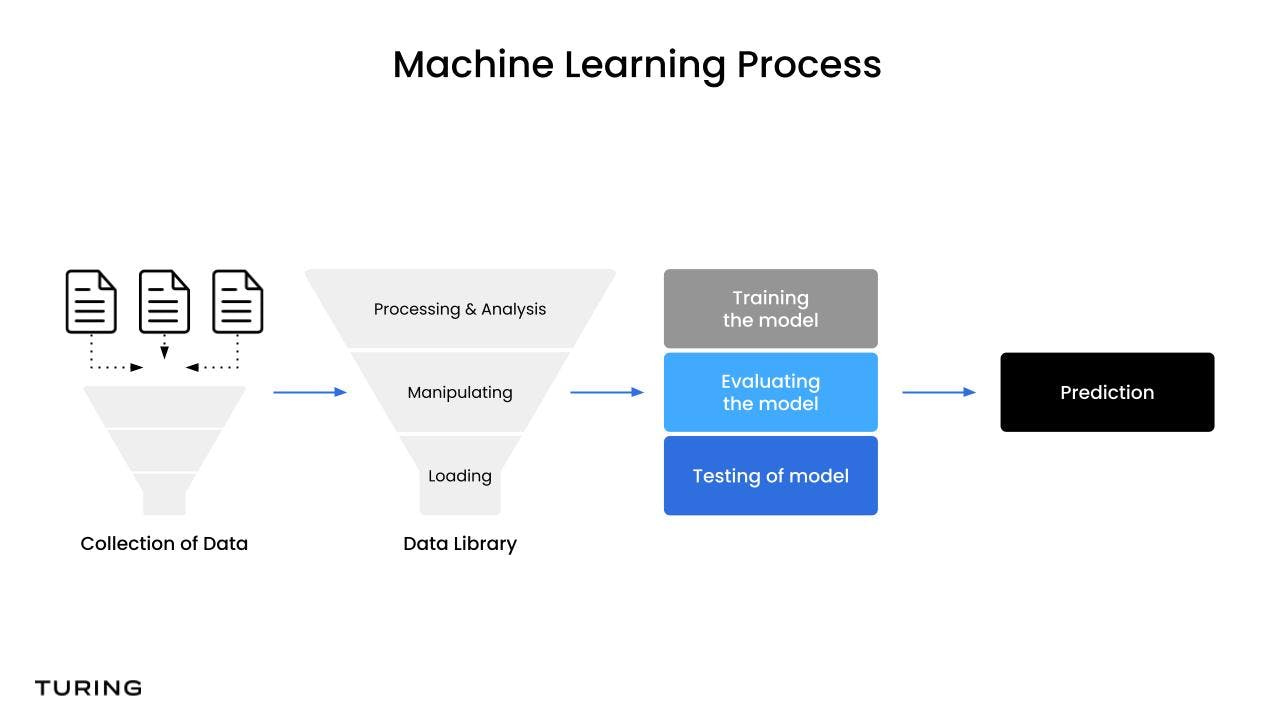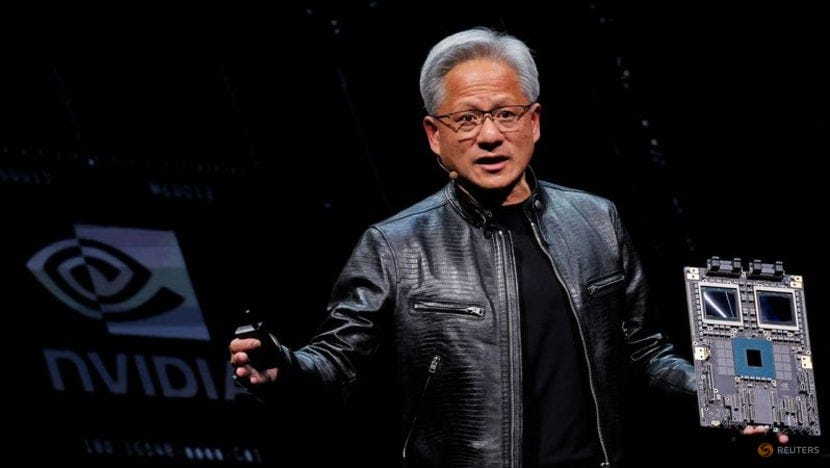Africa's AI Gold Rush: Strive Masiyiwa's Next $10 Billion
After building a telecom empire, Strive Masiyiwa is now racing to solve Africa’s AI infrastructure gap. This is the AI playbook and how you can learn from it as well.
Strive Masiyiwa is shifting focus—and this opportunity could bring him his next $10 billion.
While Mobile Networks made him a billionaire, it is no longer his priority. Instead, he’s building an "AI Factory" to power Africa’s AI revolution.
But how does AI work? And how does Strive Masiyiwa plan to build a business from AI?
How does AI Work - In simple Terms
“instead of turning left, she turned ___.”
If you can guess the missing word, you are already close to understanding how AI works. Today, AI is essentially a highly advanced pattern recognition and prediction machine.
To make this machine or model work, you need to train it using data that contains many patterns.
Imagine you have one of these models. You give it the sentence, “instead of turning left, she turned ___.”
Before training, the model will respond with random words, but as it reads and learns from many lines of text, it will better understand this type of sentence and can predict the next word more accurately (credit to OpenAI for the example).
So, the more context or data the model is trained on, the better it will predict the next word.
For example, in the given context, the most likely word is “she turned right” which is what most people would have also guessed and what the model would also “predict”.
However, had the context been "She remembered she forgot her phone as she arrived, and so instead of turning left, she turned___."
In this context, the word to predict could be "back," but it could also be “ around.”
So, essentially, to be as accurate as possible, the models must be trained on a lot of data to recognise patterns and context and make more accurate “predictions”.
For this training, you need lots of data. The commonly used data set among others for training models is called "Common Crawl"
This is a data set of internet web pages from 2008. It is huge—250 billion web pages. Now, imagine the computing power you need to process that information.
My computer struggles when I have 10-15 pages open in Google Chrome. Now imagine how much power would be needed to process 250 billion pages!
This is where NVIDIA comes in.
In 1999, NVIDIA introduced the GPU.
A GPU (Graphics Processing Unit) is a special computer chip designed to handle visuals and fast calculations. More importantly, it works very well for AI.
Unlike a CPU you find in your laptop and focus on one task at a time, a GPU can do many tasks simultaneously, making it much faster for certain jobs, like training AI models.
These GPUs are kept in data centers, which are facilities that house the IT infrastructure for storing, processing, and distributing large amounts of data for organizations.
With big tech companies spending hundreds of billions on data centers for AI, the demand for GPUs is incredibly high.
This is where Cassava Technologies comes in.
Cassava Technologies (Cassava), one of the companies under Strive Masiyiwa, was already in the data center business but hadn’t equipped its data centers with GPUs to provide the computing power for AI.
This all changed recently with a plan to invest $720 million in building an “AI factory” powered by NVIDIA GPUs to provide AI as a service.
This is a big opportunity. According to an estimate shared by the GSMA, AI could add up to $2.9 trillion to Africa’s economy by 2030.
However, many people in Africa dont have access to AI computing power.
UNDP Digital say that only 5% of AI talent in Africa has access to the computing power needed to carry out complex tasks.
By upgrading its data centers with NVIDIA GPUs, Cassava will now be able to provide that computing power for AI.
With this move, Cassava is scaling in a fast-growing market that is currently massively underserved, two elements that make for a great opportunity. This is not too similar to what mobile networks were like in Africa in the early days.
Cassava will also have an advantage on a policy front, especially regarding data sovereignty.
The idea behind Data sovereignty is that data generated on the continent—especially critical or sensitive information—should be stored and governed locally. This idea of sovereignty is a big theme. It is even the first word in the guiding principles of the Africa Declaration on Artificial Intelligence.
Currently, most data, especially related to AI, is processed outside the continent due to limited access to computing power. With a push for more data sovereignty, Cassava’s business will benefit from policy advancements as researchers, businesses, and governments strive to access computing resources within Africa.
The final piece of the puzzle: this is where Strive Masiyiwa comes in.
One element that is underrated in business is building a brand, even if you are very successful.
America’s richest black billionaire, Robert F. Smith, once pointed out that even with his success, he needed to brand himself to unlock certain levels of opportunities. This led him to be more willing to appear on Forbes Magazine covers despite wanting to keep a low profile.
Strive Masiyiwa has done this incredibly well: building a personal brand that aligns with your business goals. Just consider how much press the announcement of Cassava buying NVIDIA GPUs got.
In addition, he serves in numerous capacities that help him stay at the forefront of key trends. For example, he was a co-chair of the Global AI Summit on Africa, and much of what he shared at the summit was shared widely.
This positions him to be at the forefront of AI infrastructure in Africa. He will not only have good insights into how African countries are investing in AI but also be able to help shape policy.
All upsides that give Cassave a competitive edge.
Where is the Money and What is the Move?
Putting it all together, Strive Masiyiwa and Cassava are building a business in a fast-growing market (data centers) in a fast-growing segment (data centers for AI) and they are uniquely qualified to execute because they are early movers in Africa and also have the reputation and relationships to ride the policy wave.
For your business, follow the same playbook.
Find a large, growing market with an underserved segment that you are uniquely qualified to capture, then go all in.
It worked for Strive Masiyiwa in telecoms, and I think it's likely to do the same with AI infrastructure.
If Telecoms took his net worth to above one billion in net worth, I wouldn’t be surprised if the broader data infrastructure business took him to above ten billion.
We may not all reach billionaire status, but this playbook will certainly help you scale and spot opportunities that can provide outsized returns.
Thanks for reading; if you found this helpful, please forward this article to someone in your network and subscribe to the newsletter if you have not already done so. It’s completely free.
PS: I am working with publicly available information, so there is a possibility that something is missing or incorrect in the analysis above.










In terms of my AI knowledge and understanding, your breaking it down undoubtedly made me around 50% more knowledgeable than what I knew... Thanks man. Keep the great simple breakdowns...
Can individuals invest in the AI project